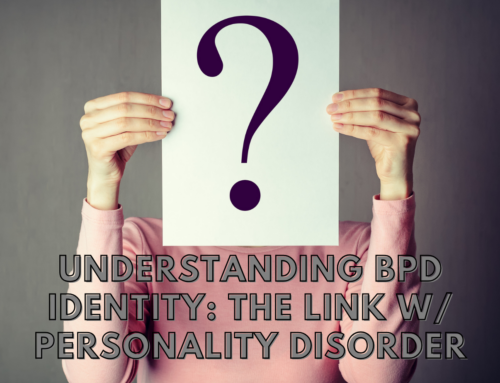You often hear people say they’re depressed when they mean they’re sad. You might say you’re depressed after a bad day at work or after arguing with your partner. Sadness is also the primary characteristic most of us think of when we think of depression. To many people, depression is just deep, prolonged sadness. We use depression and sadness interchangeably, but they are not the same. Like many misconceptions about mental illness, the belief that depression is just sadness prevents many people from seeking help. The following are reasons why sadness and depression are different.
Depression has many symptoms and sadness is only one of them.
While sadness is the best known symptom of depression, it’s not the only one and it may not even be the most prominent one. Other symptoms may include feeling irritable, anxious, or hopeless, sleeping too much or too little, weight changes, difficulty concentrating, slow movements, aches, fatigue, restlessness, inability to feel pleasure, loss of interest in things you used to enjoy, and thoughts of death or suicide. Depressed mood is central to a depression diagnosis but many people experience this as something other than sadness, often numbness, fatigue, or irritability. Men, in particular, are less likely to describe their symptoms as sadness and may instead experience depressed mood as anger.
Depression is physical as well as mental.
Many people think of only the psychological symptoms of depression and aren’t aware there are physical symptoms too. Physical symptoms of depression may include fatigue, feeling heavy, loss of appetite, slow movements, and aches. Men experiencing depression are often diagnosed when they go to the doctor complaining of headaches or chest pain. Recent research has also linked depression to inflammation, suggesting that depression may be related to immune function. Indeed, many of the symptoms of depression–fatigue, aches, isolation, inability to concentrate, and so on–are very similar to having the flu, only without the virus.
Depression lasts longer than sadness.
The difference between sadness and depression is like the difference between weather and climate. You typically only feel sad for a short time. Even people grieving a loved one, for example, don’t typically feel sad constantly. Depression, on the other hand can last for months, during which you feel bad most of the time. You have to have several symptoms that persist for at least two weeks just for a diagnosis of depression.
Depression can happen for no apparent reason.
When you’re sad, you’re almost always sad about something. Maybe you got fired, or broke up with your boyfriend, or your dog died. Depression may or may not have a cause. Sometimes a life event such as losing your job, getting a divorce, or losing a loved one can lead to depression, but sometimes depression just happens for no apparent reason. If you’ve had several episodes of major depression, an episode can come on just because you haven’t been depressed for a while. People with depression may even feel even worse because they know they don’t really have anything to be depressed about.
At Alta Lama Transformational Services, you will meet knowledgeable, compassionate professionals that understand addiction in all its forms. Alta Lama uses an integrative and holistic approach to treat addiction and mental health issues. No treatment is one-size-fits-all, where you will have a team of experts prepared to create your customized treatment plan. We offer care for your mind, body, and spirit, so that you can heal from the inside out and look forward to a lifetime of sobriety and wellness. If you are ready to take the first step in your recovery, please call us at 866-457-3843.



